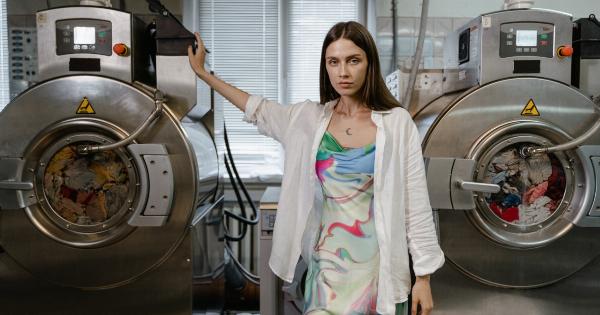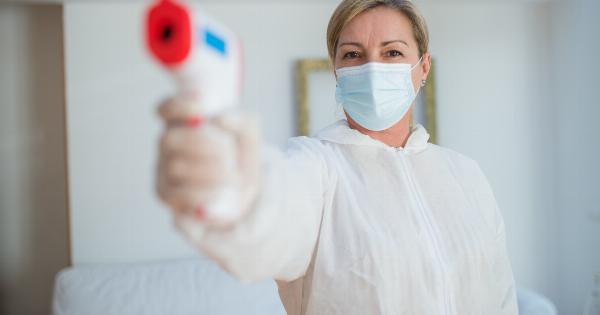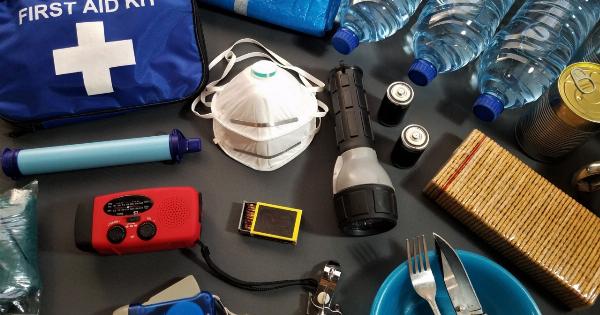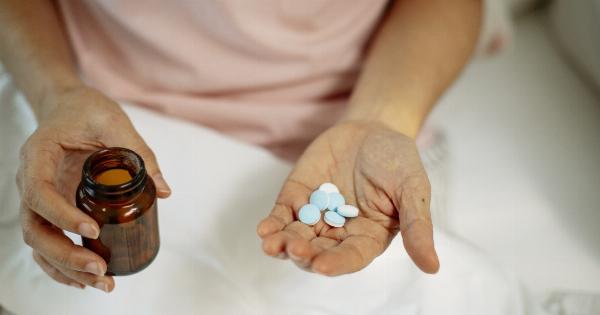When it comes to reproductive health, most people think about things like diet, exercise, and genetics. However, one often overlooked factor that can impact reproductive health is something we encounter on a daily basis – laundry.
Yes, you read that right! The way we clean our clothes and bedding can have surprising effects on our reproductive system. In this article, we will explore the unexpected connection between laundry and reproductive health.
1. Chemicals in Laundry Detergents
Many laundry detergents contain harsh chemicals that can disrupt our hormonal balance, leading to potential reproductive health issues.
Chemicals like sulfates, parabens, and phthalates have been linked to endocrine disruption, which can interfere with the normal functioning of our hormones. These disruptions can affect both male and female reproductive systems and may contribute to fertility problems.
2. Allergens and Skin Irritants
Laundry products, such as fabric softeners and dryer sheets, often contain allergens and skin irritants. These substances can cause allergic reactions and skin sensitivities, leading to discomfort and potential inflammation in the genital area.
In some cases, this irritation can even result in infections or other reproductive health issues.
3. Impact on Sperm Quality
For men, the way laundry is done can have a surprising impact on sperm quality. High water temperatures, common in hot water cycles, can decrease sperm count and motility.
Additionally, using laundry detergents with certain chemical additives can also impair sperm quality. Therefore, it is vital for men to pay attention to their laundry habits when trying to conceive.
4. Residue on Clothing and Bedding
Many laundry detergents and fabric softeners leave behind residues on clothes and bedding. These residues can include chemicals, fragrances, and other additives that may come into contact with intimate areas of the body.
Prolonged exposure to these substances can disrupt the pH balance and natural flora of the genital region, potentially leading to infections or discomfort.
5. Environmental Impact
It’s not just our own reproductive health that can be affected by laundry practices, but also the health of the environment. Certain laundry detergents contain phosphates and other harmful chemicals that can find their way into water bodies.
These chemicals can disrupt the reproductive cycles of aquatic organisms, causing harm to the overall ecosystem.
6. Choosing Safer Laundry Products
To minimize the potential risks to reproductive health, it is essential to choose safer laundry products. Opt for detergents without sulfates, parabens, and phthalates, as these are the most concerning ingredients.
Look for products that have eco-friendly labels and certifications, indicating a reduced environmental impact. Natural alternatives, such as organic laundry detergents and fabric softeners, can be gentler on both your clothes and your reproductive health.
7. Proper Washing Techniques
The way we wash our clothes also matters for reproductive health. Washing intimate garments separately from other clothing items can help prevent the transfer of harmful chemicals and bacteria.
Using a gentle, fragrance-free detergent specifically formulated for delicate items is advisable. Additionally, opting for lower water temperatures when washing clothes can help protect sperm quality and reduce potential irritations.
8. Air Drying vs. Machine Drying
While machine drying clothes is convenient, it may not be the best option for reproductive health.
The high temperatures and agitation during drying can cause fabrics to release potentially harmful substances, such as microplastics or chemicals from laundry products. Air drying your laundry not only reduces the risk of exposure to these substances but also prevents excessive shrinkage that can occur in high-heat machine drying.
9. Clean Bedding and Reproductive Health
Bedding, especially sheets and pillowcases, come into close contact with our bodies for several hours each night. If not cleaned regularly, they can accumulate dirt, sweat, body oils, and other residues.
Sleeping on dirty bedding increases the risk of irritation, infections, and disruption of the natural genital flora. Regularly washing and replacing bedding is crucial for maintaining proper reproductive health.
10. The Role of Dry Cleaning
When it comes to delicate or specialized fabrics that require dry cleaning, it is important to be aware of the chemicals used in the process.
Perchloroethylene (PERC) is commonly used in dry cleaning and has been linked to reproductive and developmental issues in animals. To minimize exposure to these chemicals, opt for dry cleaners that utilize eco-friendly alternatives like liquid carbon dioxide or wet cleaning methods.
In conclusion, the connection between laundry and reproductive health is more significant than most people realize. Harsh chemicals, allergens, skin irritants, and improper washing techniques can all have unexpected effects on our reproductive systems.
By choosing safer laundry products, adopting proper washing techniques, and being mindful of the impact on the environment, we can safeguard our reproductive health and contribute to a healthier future.






























